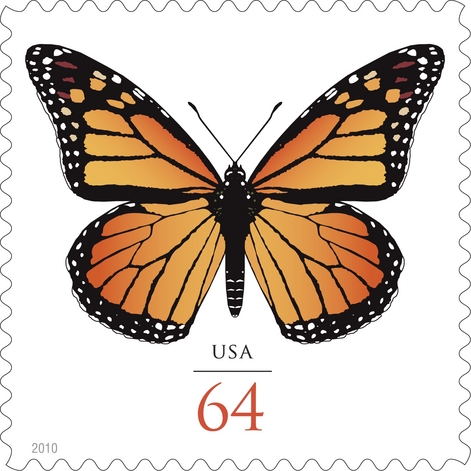Monarchs are going missing by the hundreds of millions. The butterflies are disappearing and habitat loss, pesticide use and extreme weather are being blamed. America's most recognizable butterfly is being considered for Endangered Species Status because the monarch is in danger of becoming "quasi-extinct." That means its numbers are dwindling so low there’s a possibility it may not be able to rebound. John Dromgoole, owner of The Natural Gardener, created an urban oasis to give the butterflies a way to survive their fall migration. "They've got food here. They've got habitat here. They have a place to hide," said Dromgoole. Monarchs were named the state insect in 1995. Around that same time their numbers started to plummet.
"Monarch butterfly populations have dropped dramatically in the last two decades," said Katie Boyer, a monarch outreach specialist with the U.S. Fish and Wildlife Service. "I do think that we're in a crisis."
The monarch advocate remembers the population peak. "Over a billion butterflies," said Boyer.
That high has fluttered alarmingly low, to around 33 million monarchs. More than 90 percent of the monarch population has disappeared, casting a shadow on their future. The U.S. Fish and Wildlife Service is considering whether to protect monarch butterflies (Danaus plexippus) under the Endangered Species Act. The agency must decide by June 2019 whether the butterflies will receive federal protection. "No one wants to see a day with no monarch butterflies on the landscape," said Boyer.
To help the monarchs rebound, the U.S. Fish and Wildlife Service, the Native Plant Society of Texas and TxDOT are planting native milkweeds and nectar plants at four new pollinator gardens between Austin and Dallas.
Source: CBS Austin, October 25th, 2016
http://keyetv.com/news/local/monarch-butterflies-disappearing-from-texa…

- Login om te reageren
